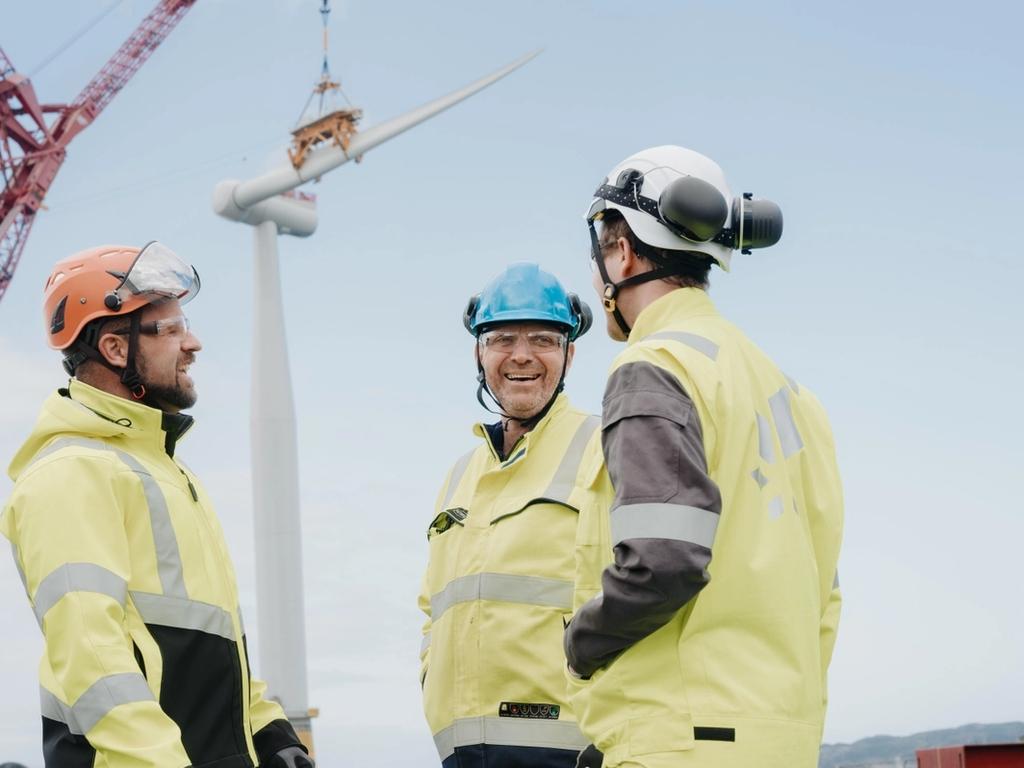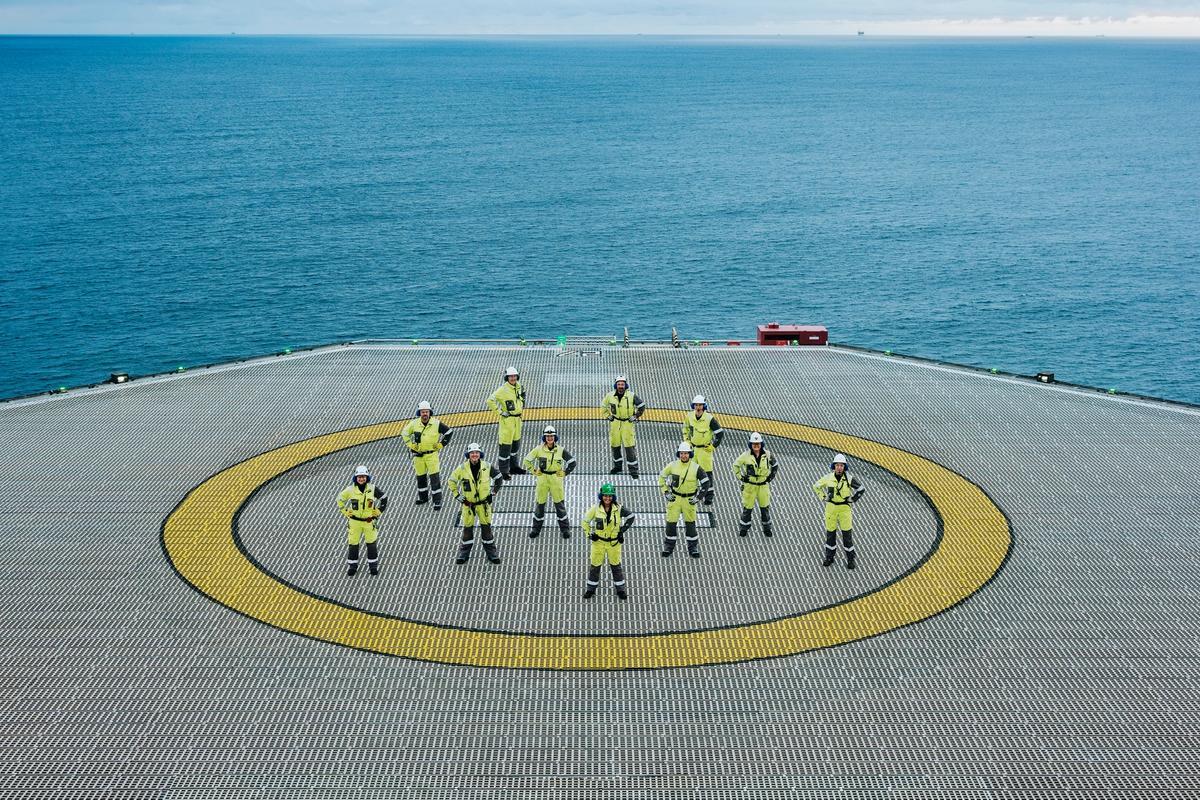The clock is ticking, so we need to use our time wisely.
Climate and supply are two sides of the same crisis.
In May 2021, the International Energy Agency (IEA) presented a scenario for net zero emissions by 2050, in order to limit global warming to 1.5 degrees.
In August, the Intergovernmental Panel on Climate Change (IPCC) presented the sixth assessment report on climate change – and UN Secretary General António Guterres declared "code red".
Meanwhile, a developing energy crisis was waiting in the wings.
Windless and dry summer months in Europe affected the production of renewable wind and hydropower. At the same time, a record-warm summer led to unusually high electricity consumption.
Since autumn 2021, we've had an energy system in severe imbalance – with sky-high prices for gas and electricity. Then came winter and the tragic invasion of Ukraine with vast human consequences and complex energy and geopolitical impacts.
The world's attention has shifted 180 degrees in 180 days. From climate crisis to supply crisis.
In reality, these are two sides of the same crisis.
The solutions are already available
It’s difficult to solve the climate crisis without securing energy supplies at a price people can afford.
The world needs radical new volumes of renewable energy, solutions to reduce greenhouse gas emissions from industry and society, as well as a responsible scale-down of fossil energy.
Luckily, the solutions are already on the table.
We have technology, expertise and capital. Right now, it's about the will to move fast to facilitate a robust framework for a rapid transition.
Public policies, business, industry and society can work together to create the opportunities the world needs.
A robust and responsible transition
Energy companies are also expected to set clear goals for emissions resulting from the use of their products. This can't happen today without cuts in the production of energy carriers such as oil and gas.
Alternatives such as hydrogen are not yet available on a large scale. With the current supply crisis and the need to produce oil and gas with the lowest possible emissions, production cuts now would be irresponsible.
But the world’s enormous need for access to energy is only part of the problem. The transition must also be sound and reasonable to avoid excessive costs.
Our crucial contribution to limit the emissions of others is therefore through growth in renewable, large-scale solutions for CO₂ transport and storage, and the development of new emission-free energy carriers, such as hydrogen.
Our ambition is to reduce emissions associated with our own produced oil and gas by 50 percent by 2030, compared with the 2015 level.
Growth in renewables and emission reductions will enable us to achieve our ambition to reduce the carbon intensity of the energy we supply by 20 percent in 2030 and 40 percent in 2035, including emissions from consumption of the products we sell.
Standing firm on the shoulders of our history
14 June marks the 50th anniversary of the Storting's (parliament's) decision to establish Statoil. As Equinor, we have crafted an industrial strategy to be a leading company in the energy transition.
By 2030, our renewables portfolio will be 30 times larger than today. We expect that more than 50 percent of our annual gross investments will go to renewables projects.
We will deliver low-carbon solutions such as hydrogen and carbon capture and storage which will also help others cut their emissions.
This year, we are celebrating Equinor’s 50th anniversary, while simultaneously setting our sights on another 50 that may be even more important – 2050. Our ambition is to continue to deliver energy to society with lower emissions and net zero by 2050. Together, we'll develop new energy, we'll develop new industry, and we'll build them on the foundation of everything we've learned over the last 50 years.

